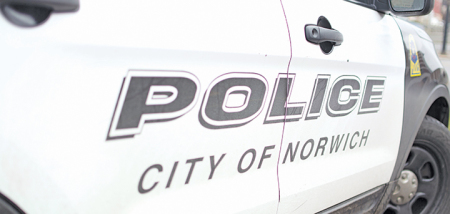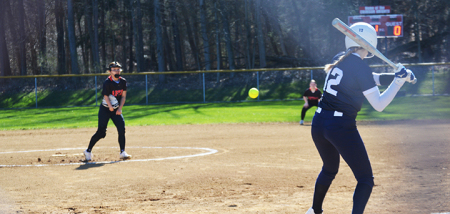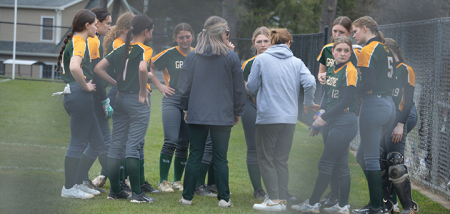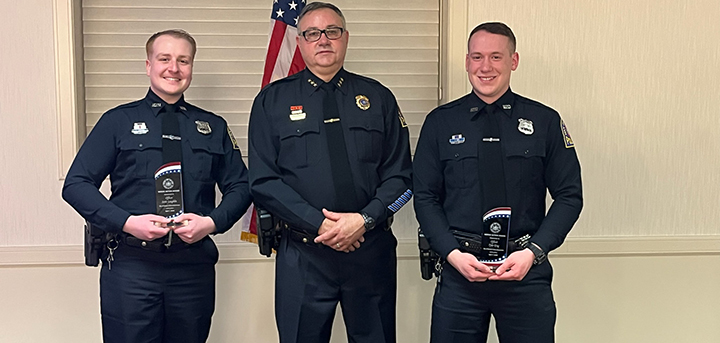Outdoor Chenango: Turkey Gun Setups
Published:
March 26th, 2025
By:
Eric Davis
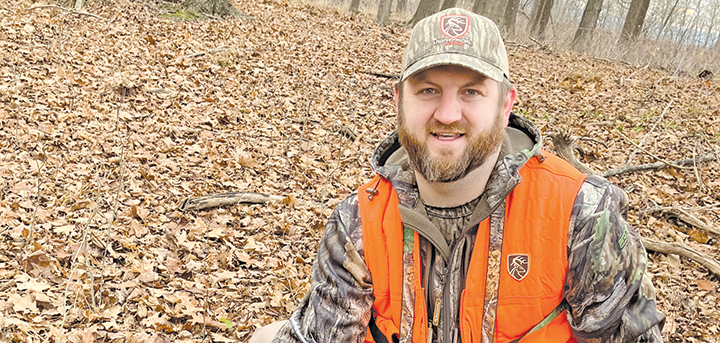
Turkey hunting is one of the rare times that you aim your shotgun compared to pointing it when shooting at a pheasant when it flushes. It is often said that you aim a rifle, and you point a shotgun when shooting.
You are trying to hit a target about the size of a soda can with as many pellets as possible. Combining some of today’s best shotgun shells, specialized screw-in choke tubes, and upgraded optics can lead to harvesting turkeys effectively at ranges that were not possible just ten years ago. As with any shooting discipline, it takes practice and some range time to know what your exact setup is capable of.
Many hunters use the factory bead sight on their shotgun. I do when using my Mossberg. The combination of the choke and ammunition that I have tested throws a great tight pattern where I put the bead out to about 40 yards. However, my Winchester SX2 sports a set of fiber optic rifle-style set of sights. This is because the pattern it shot was super high compared to my point of aim when using just the factory bead.
The two ways to correct this would be to raise the point of aim (i.e. the bead) or to lower my head position by altering the stock. Neither option was a good one. Due to this, I opted to buy a set of fiber optic sights that mount on the vent rib of the barrel. The front sight was slightly taller than the factory bead and the rear sight was adjustable for both left-right and up-down. Two shots later the gun was putting the pattern right where I was aiming. When using these style sights, you should remember to either chase with the front sight (if the pattern is to the right of where you aimed, move the front sight to the right) or do the opposite with the rear (Pattern right, move rear sight left).
Putting an optic on turkey guns has been growing in popularity. This is very helpful for hunters who tend to “peek” when using open sights. An added benefit of a red dot sight is that even with the hunter not completely on the gun correctly, the illuminated dot still shows where the pattern will hit. I have added a 20 gauge with an enclosed red dot and a .410 with a reflex/hologram red dot sight to my lineup. These use battery power to produce a dot or other marker in the screen that can be moved to match where the gun patterns. These are nice as they have low magnification which allows easy target acquisition. The downside is remembering to turn them off when the hunt is over, or the batteries might be dead the next time you go to use it. There are some solar powered/rechargeable sights on the market.
A common debate in turkey hunting is what shells to use. A magnum load is best as you will typically only get one shot at a turkey, so you want it to pack a punch.
The common shot sizes range from size 4 down to size 10. In the past few years, New York’s shot size restriction for turkey hunting was changed from #7 to #9. Lead shot is the most common and is cheapest. However, lead shot loses the energy needed to penetrate the head and neck of a turkey at distances over 30 yards in #6 shot size, which is why you often see lead in #5 and #4 shot.
Plated lead shot is a step up as the hardened metal casing keeps the soft lead from deforming under the pressure of the shell firing. The next step up is non-toxic shot. This is often a blend of tungsten, nickel, and other metals. The shot is denser than lead so it packs a bigger punch, so you can use a smaller size shot which will have more pellets. Tungsten Super Shot (TSS) has swept the turkey hunting community by producing incredible patterns using small shot size even in smaller sized shotguns, including .410s. The ability to shoot a .410 and have a load that can harvest a turkey at 30 yards is somewhat baffling but it allows for virtually recoil-free shooting that can help younger and smaller framed hunters. Some companies offer shells that have a mix of shot sizes in one shell, giving you the benefits of the various sizes. If you have the chance, try shooting shells from different companies and in different shot sizes. Finding out what shoots the best in your firearm will help you become more confident with your comfortable range and could lead to more successful hunts.
To save a few bucks, do the first part of your sighting in with a trap load to get your sights lined up with where the center of the pattern is. Then switch to a turkey load to see how dense the pattern is whatever range you want to see it at, 30 yards is quite common.
Author: Eric Davis - More From This Author
Comments

